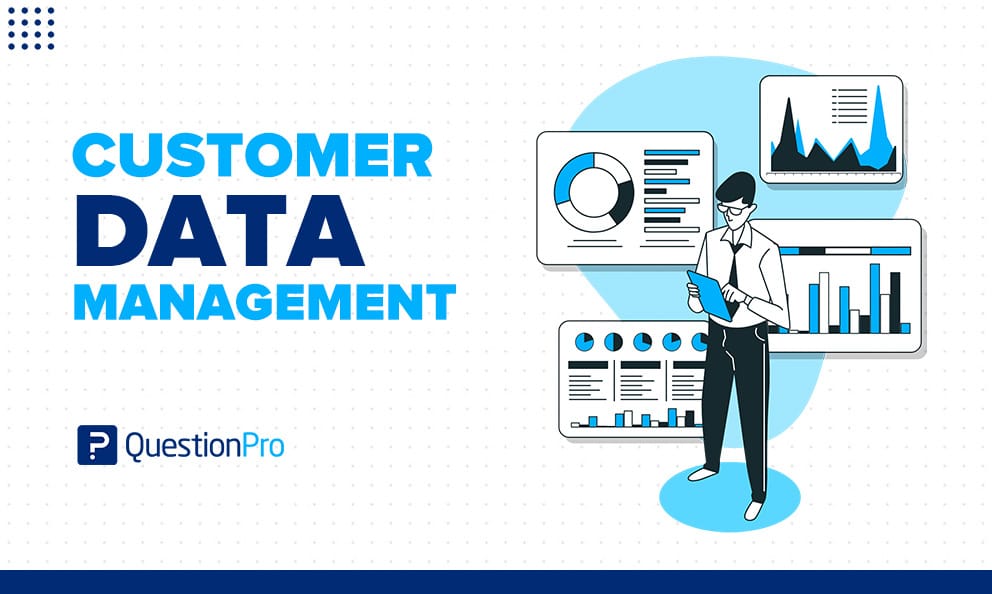Introduction
In today’s data-driven world, businesses rely on customer data management (CDM) to enhance personalization, improve marketing, and drive growth. Effective CDM ensures that customer information is accurate, secure, and actionable, helping companies build stronger relationships while complying with privacy regulations.
This article explores what customer data management is, its key components, best practices, and the latest trends shaping its future.
What is Customer Data Management (CDM)?
Customer Data Management (CDM) refers to the process of collecting, storing, organizing, and analyzing customer information to improve business decisions and customer experiences. It includes:
-
Personal data (names, emails, phone numbers)
-
Behavioral data (purchase history, website interactions)
-
Transactional data (orders, payments, returns)
-
Preference data (communication preferences, product interests)
A well-structured CDM system helps businesses eliminate data silos, reduce redundancies, and ensure compliance with laws like GDPR, CCPA, and HIPAA.
Key Components of Customer Data Management
1. Data Collection
-
Sources: Websites, mobile apps, CRM systems, social media, surveys, and IoT devices.
-
Methods:
-
First-party data (directly from customers)
-
Second-party data (partner collaborations)
-
Third-party data (external providers)
-
2. Data Storage & Integration
-
Centralized databases (CRM, CDP – Customer Data Platform)
-
Cloud-based solutions (AWS, Google Cloud, Snowflake)
-
ETL (Extract, Transform, Load) processes for seamless integration
3. Data Cleansing & Enrichment
-
Removing duplicates and outdated records
-
Standardizing formats (e.g., phone numbers, addresses)
-
Enhancing data with third-party insights (demographics, firmographics)
4. Data Security & Compliance
-
Encryption & access controls
-
GDPR, CCPA, and other regulatory compliance
-
Regular audits & breach response plans
5. Data Analytics & Activation
-
Segmentation (grouping customers by behavior, demographics)
-
Predictive analytics (forecasting trends, churn risk)
-
Personalized marketing (email campaigns, dynamic pricing)
Best Practices for Effective Customer Data Management
1. Implement a Customer Data Platform (CDP)
-
CDPs unify data from multiple sources, providing a single customer view.
-
Examples: Segment, Salesforce CDP, Adobe Real-Time CDP.
2. Ensure Data Quality & Consistency
-
Automated validation checks (e.g., email format verification)
-
Regular data audits to maintain accuracy
3. Prioritize Privacy & Consent
-
Transparent data collection policies
-
Opt-in/Opt-out mechanisms for compliance
4. Leverage AI & Machine Learning
-
Predictive modeling for customer behavior
-
Chatbots & recommendation engines for personalized experiences
5. Break Down Data Silos
-
Integrate CRM, ERP, and marketing tools for seamless workflows
-
Use APIs for real-time data sharing
Future Trends in Customer Data Management
-
AI-Powered Data Governance – Automating compliance and data quality checks.
-
Zero-Party Data – Customers willingly share preferences in exchange for better experiences.
-
Blockchain for Data Security – Immutable ledgers for fraud prevention.
-
Hyper-Personalization – Real-time data usage for dynamic customer journeys.
Conclusion
Effective Customer Data Management (CDM) is crucial for personalization, compliance, and business growth. By implementing centralized platforms, ensuring data quality, and leveraging AI, companies can turn raw data into actionable insights while maintaining customer trust.
As technology evolves, businesses that adopt advanced CDM strategies will gain a competitive edge in delivering seamless, data-driven customer experiences.
Visit our website:



